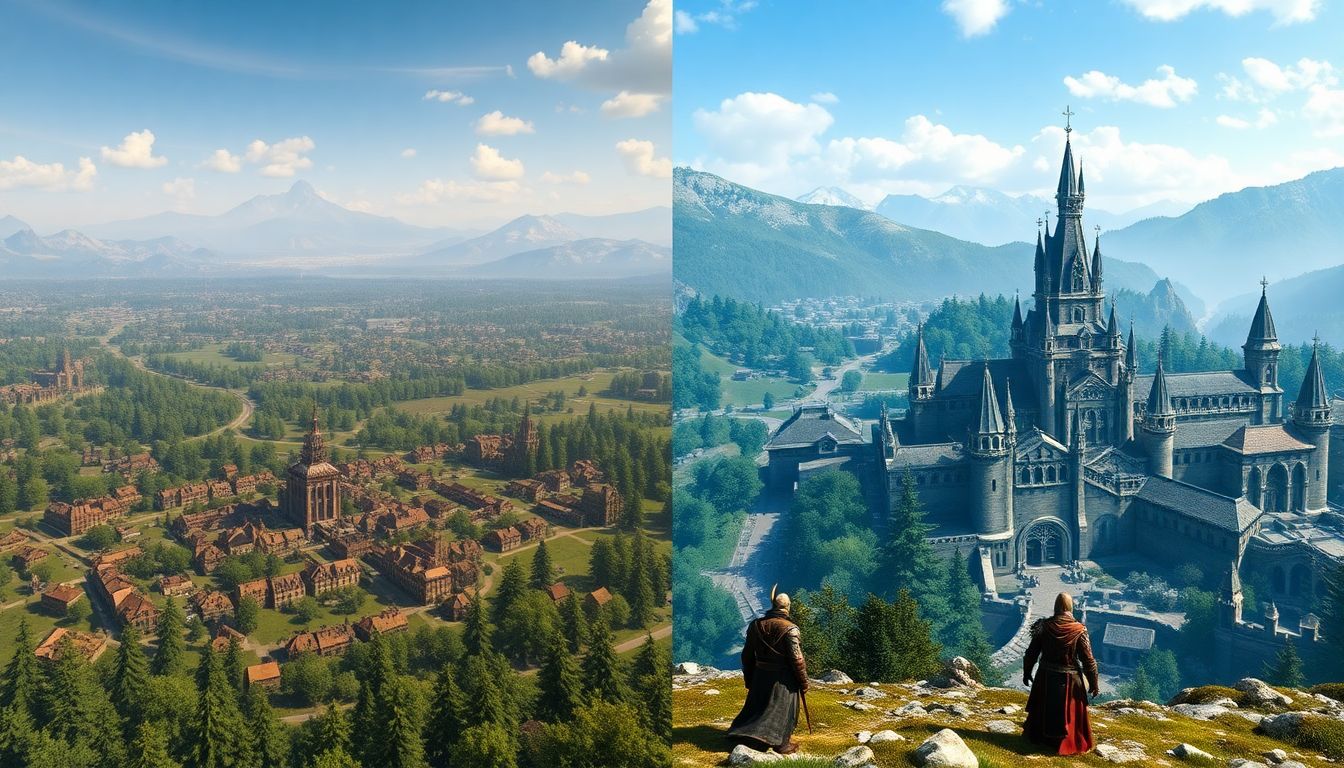Same old Cyrodiil, but a fresh coat of paint (and additional swords).
The Elder Scrolls IV: Oblivion Remastered has finally arrived, nearly two decades after the original 2006 release, packed with updates and modern enhancements. Though it remains faithful to the classic foundations of the original, the remaster also presents a slew of adjustments that mesh the old-school flair with contemporary-day improvements.
If you’re curious about how the remaster compares to the original, here are the largest differences you should know.
Fueled by Unreal Engine 5
The change that’s most eye-catching? Oblivion Remastered has been rebuilt using Unreal Engine 5. Though the game takes the same basic gameplay systems as the original, it now features immensely enhanced visuals.
Don’t expect anything but sharper textures, contemporary lighting effects, and a graphical fidelity in general that makes the world of Cyrodiil feel more vibrant and alive.
Sure, it has a cost: the remaster is more taxing on your hardware than the 2006 version was. But if your machine is up to it, the graphical boost is worthwhile.
